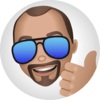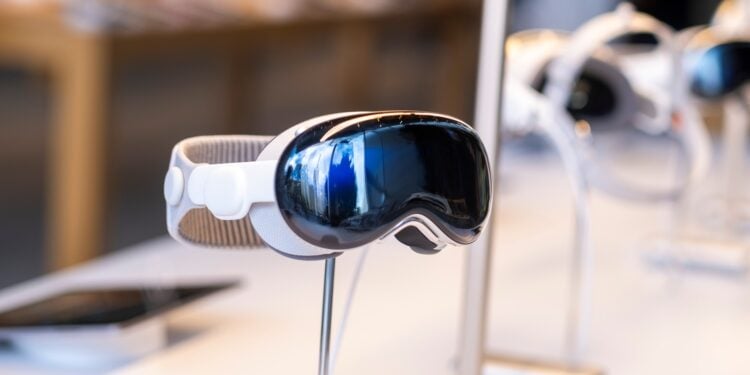The Apple Vision Pro is one of the most exciting, yet controversial, products of recent years. On the one hand, it impresses with its technology, but on the other, it has been under pressure since its launch: The high price and lack of apps have hampered market entry. This made the headset a difficult candidate for the broader consumer market from the start. But as a report in the Wall Street Journal shows, that doesn't mean it doesn't add value in certain areas. Instead, the Apple Vision Pro is evolving into a tool that is generating new momentum in niche markets—similar to previous products like Google Glass or Microsoft HoloLens.
The history of new technologies rarely follows a straightforward path. Products like Google Glass or Microsoft's HoloLens were initially considered futuristic innovations for everyday use, but eventually found their place in industry and healthcare. The Apple Vision Pro also appears to be following this pattern. Rather than being a mass-market product, it is currently primarily a specialized tool for companies. The Wall Street Journal report highlights several concrete examples where the headset is already achieving measurable effects.
Niche markets as an opportunity for Apple Vision Pro
Virtual kitchen planning at Lowe's
A particularly vivid example is provided by the US home improvement chain Lowe's. In a San Jose store, Apple's Vision Pro has been used for three months to virtually show customers kitchen remodels. The ability to realistically visualize rooms has a noticeable impact on purchasing decisions. Customers are more confident in choosing more unusual designs and making decisions faster, reducing the need for consultations. Contractors are also bringing their customers into the store to close sales with the help of the Vision Pro.
Cooperation with Dassault Systèmes
The Apple Vision Pro is also increasingly being used in industry. Apple has partnered with Dassault Systèmes, a French company whose software platforms are used worldwide to design molecules for drug development, factories, aircraft, electric cars, and data centers, among other applications. In February, the 3DLive app was introduced, which has since been adopted by companies in the automotive and aerospace industries. The headset serves as a tool for design and engineering processes that benefit from immersive visualization.
Use in pilot training
Another example is the Canadian company CAE, which specializes in aircraft training. The Apple Vision Pro is used here to support pilot training. Thanks to its high resolution and audio quality, the headset complements the traditional full-motion simulators required for certifications and recurring inspections. This expands the training framework without undermining the strict aviation standards.
Parallels to earlier technologies
This development is strongly reminiscent of the trajectories of Google Glass and Microsoft HoloLens. Both products failed to gain traction in the mass market, but for years they found their niche in industry and healthcare. Google Glass served as a hands-free assistant, while HoloLens was used in fields such as architecture, the automotive industry, and even NASA. However, both products were ultimately discontinued—an indication of how difficult it is to maintain such technologies profitably in a niche market over the long term.
Can the path through niches lead back to the mass market?
The Apple Vision Pro faces a similar dilemma. It has so far failed in the mass market, but it demonstrates clear benefits in specialized industries. Whether in kitchen planning, industrial design, or pilot training – the technology creates added value where traditional tools reach their limits. Apple itself seems to be deliberately promoting this direction in order to position the product in less price-sensitive markets. At the same time, the company is working on future versions that are intended to be lighter, cheaper, and more suitable for the mass market. However, so far, there is no example of a product that has fought its way back from niche markets to the mass market. The Apple Vision Pro could be the first case – assuming the strategy bears fruit in the long term. Need useful tips for your Apple Vision Pro? Discover everything you need to know about your new Apple device here – enjoy reading! (Image: Shutterstock / Ringo Chiu)
- Apple Vision: All devices and plans up to 2028 at a glance
- Apple boosts smart glasses with AI power
- Apple 2026: Three major product upgrades are coming
- OpenAI wants to complement smartphones with new AI device
- Apple Vision Pro successor: All known information now
- Apple Smart Glasses: Facts, Features, Timeline





